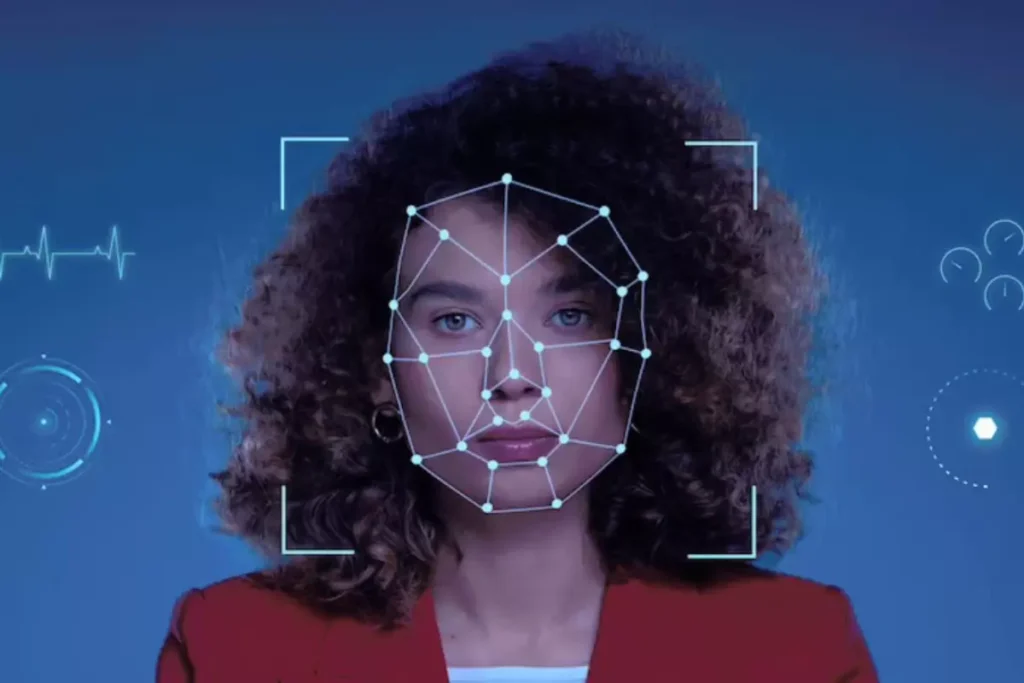Google’s SynthID Watermark: Strengthening Image Authentication in the Age of AI
This content has been archived. It may no longer be relevant
As the capabilities of artificial intelligence (AI) continue to advance, technology companies are both leveraging its potential and addressing the challenge of preventing the proliferation of misinformation.
In a significant stride, Google’s AI subsidiary, DeepMind, has initiated testing of a digital watermark named SynthID. This innovative watermarking approach aims to identify images generated by AI systems, serving as a robust solution to combat disinformation.

SynthID: A Breakthrough in Image Authentication
The emerging tool, SynthID, presently in its beta phase, is exclusively available to a select group of Vertex AI customers who utilize Imagen. Imagen is a text-to-image diffusion model developed by Google, akin to Midjourney and Dall-E, designed to generate images from textual descriptions.
SynthID stands out by being intricately integrated into the pixels of an image. While imperceptible to the human eye, this watermark plays a pivotal role in image identification.
Unveiling the Mechanism: SynthID’s Functionality
SynthID operates through a three-tiered confidence system: “Digital watermark detected,” “Digital watermark not detected,” and “Digital watermark possibly detected.” The first two classifications provide insights into the likelihood of an image being AI-generated using Imagen.
It’s important to approach the last option with caution, as it suggests a potential AI origin. However, it’s vital to emphasize that these classifications don’t ensure absolute certainty.
The success of SynthID hinges on a dual-pronged strategy comprising watermarking and identification. By seamlessly embedding an invisible watermark into synthetic images produced by Imagen, SynthID facilitates subsequent identification.
Employing metadata, a widely recognized method, SynthID associates critical information—such as content creator and creation date—with the image file. Furthermore, digital signatures integrated within the metadata serve as indicators of any alterations made to the image. Impressively, the SynthID watermark remains detectable even if metadata is altered or lost.
SynthID vs. Conventional Watermarks: A Distinctive Edge
Unlike conventional watermarks, which can be easily manipulated or erased from AI-generated images, SynthID takes a revolutionary approach. It ensures watermark detectability even after modifications and employs deep learning models to both embed and identify watermarks.
Implications for Users
Earlier this year, China implemented a ban on AI-generated images lacking watermarks, highlighting the growing concern regarding image authenticity. Notably, companies like Alibaba have embraced watermarking solutions, such as Tongyi Wanxiang, to add a layer of security to their AI-generated creations.
In the United States, Google, along with other industry leaders like OpenAI and Microsoft, entered into a voluntary agreement to ensure the responsible development and utilization of AI. This commitment includes the integration of watermarks to aid in the identification of AI-generated images.
The introduction of SynthID marks a significant stride in combating misinformation. Though imperceptible to the naked eye, these watermarks can be discerned by specialized systems, contributing to the verification of image authenticity.
As a result, the proliferation of misleading or fabricated content can be curtailed, benefiting users and promoting a more reliable online environment.
Conclusion
In an era where AI-generated content is becoming increasingly prevalent, the need for robust image authentication mechanisms is paramount. Google’s SynthID watermark represents an innovative approach to tackle the challenges of image disinformation.
By combining advanced watermarking techniques and metadata-based identification, SynthID offers a powerful solution to differentiate between AI-generated and human-created images.
As technology continues to evolve, such initiatives are essential to maintain the integrity of digital content and enhance user trust in an AI-driven world.